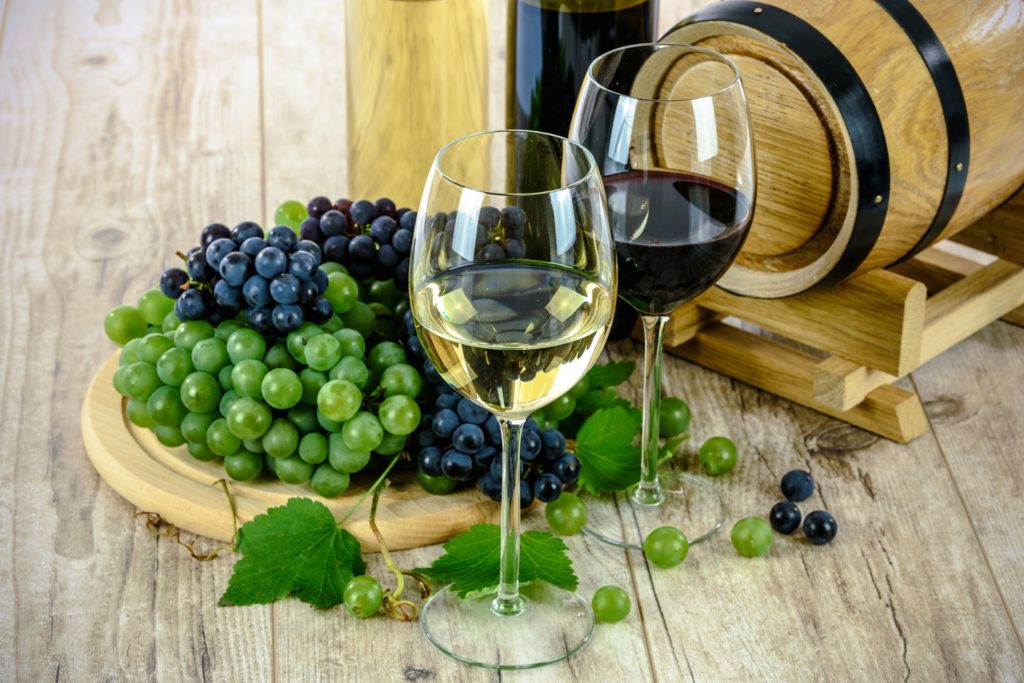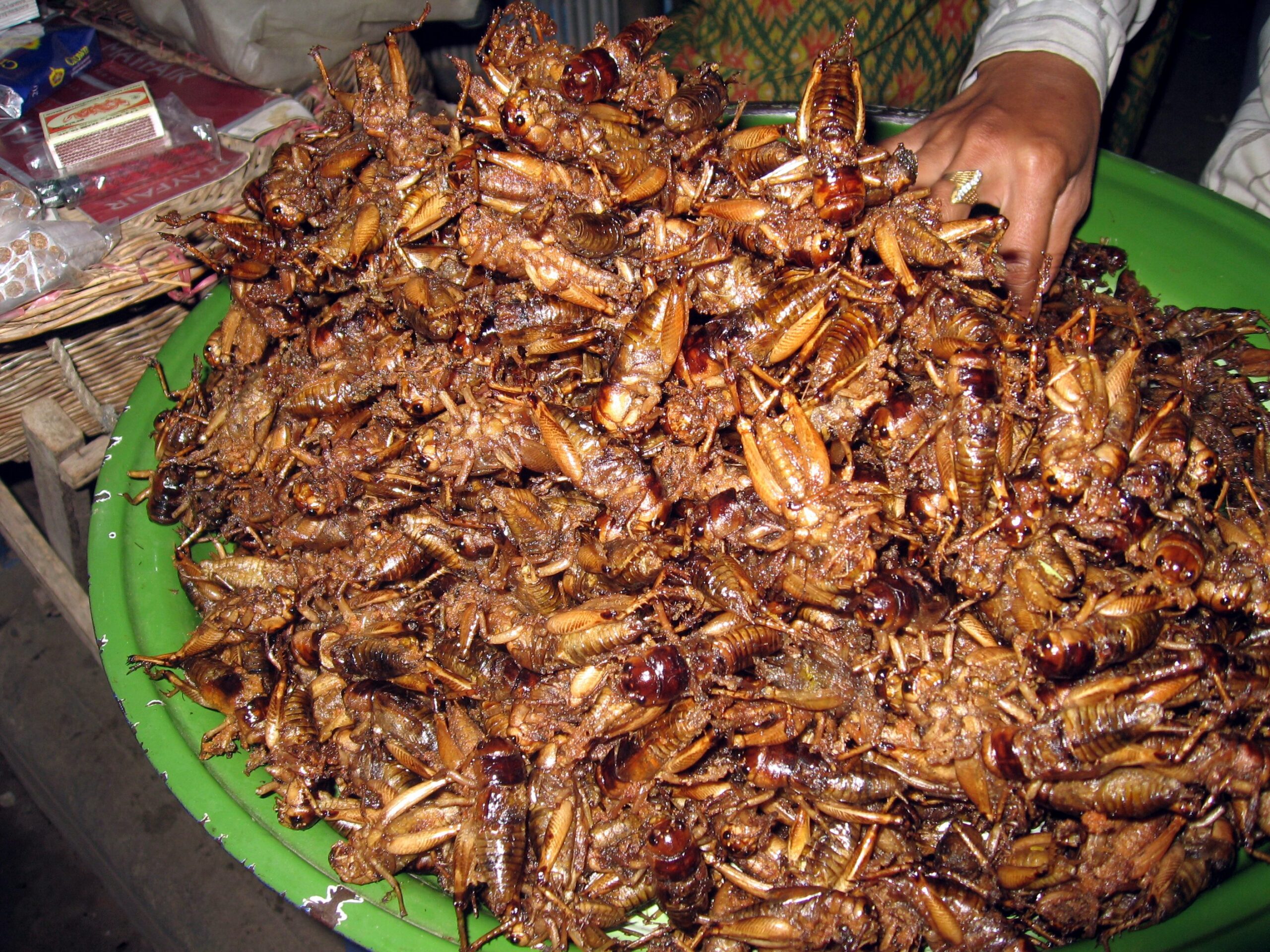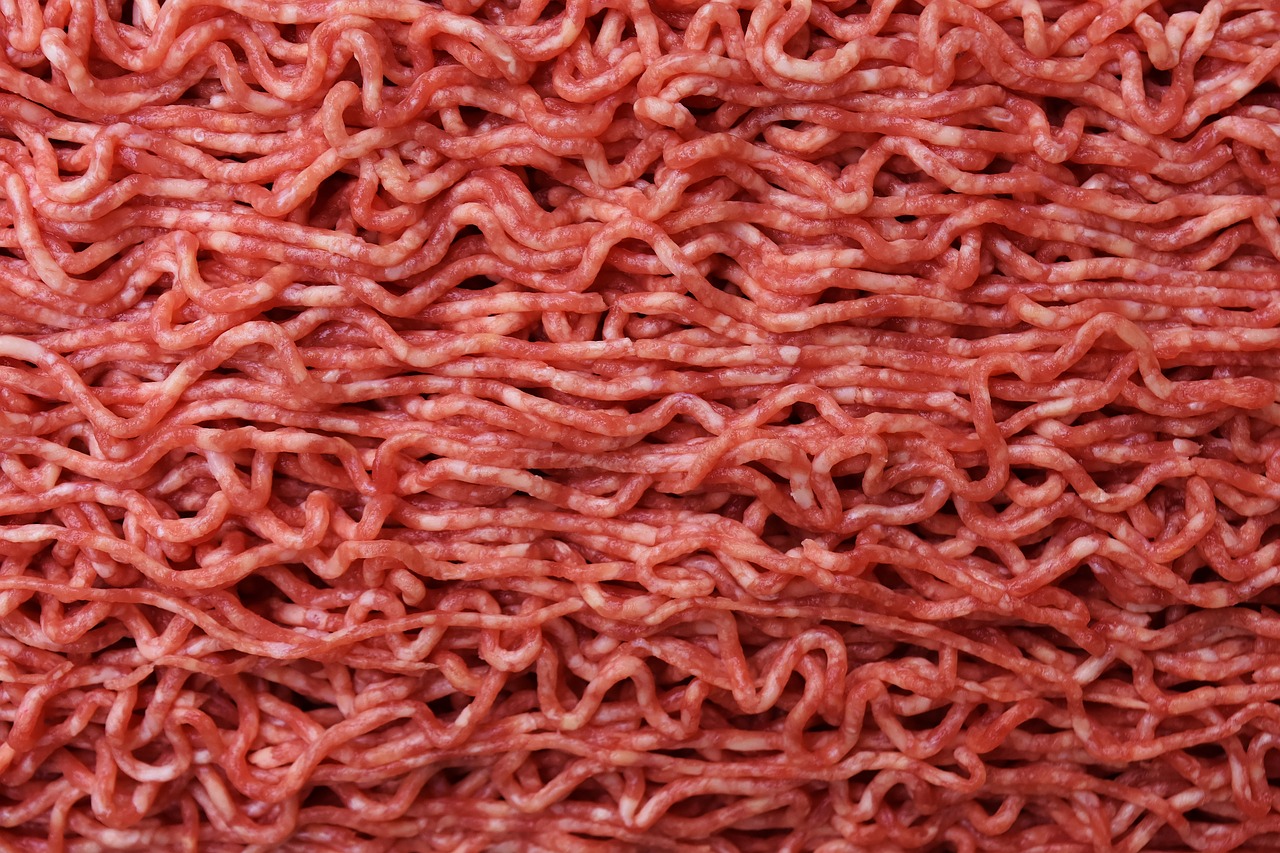The global wine industry may have new innovative applications for the 14 million tonnes of pomace – a pulpy grape waste that is produced after wine processing – it produces every year. Researchers from the University of Nebraska-Lincoln have found a way to extract the nutrients found in pomace and convert it into beneficial food ingredients that can add to the nutritional value of products as well as extend the shelf life of fatty foods.
This discovery comes after the Food and Agriculture Organization of the UN, as well as the wine industry, identified that the large quantities of pomace left over from wine making are an environmental concern. In addition, pomace has been found to negatively affect the health of nearby communities because it attracts disease-ridden flies and pests.
“Large amounts of grape waste may be detrimental to the environment,” Changmou Xu, Ph.D., a researcher at the university, told Food Ingredients First. “This waste, known as pomace, can cause surface and groundwater pollution because pesticides and fertilizers used on the grapes can leach into the environment. Also, the soil can become more acidic because of the pomace’s low pH.”
Originally, wine makers combatted this waste issue by recycling some pomace into fertilizer or using it to produce a diluted “second wine.” However, Xu’s team identified an opportunity for pomace to be a clean-label ingredient because of its antioxidant-dense qualities. His team is currently working on developing technologies that can extract, separate and identify nutrients from grape pomace so that they can use it in applications like animal and human foods.
“We are also developing some applications in food, aiming to substitute artificial antioxidants with natural antioxidants from grapes for a ‘clean label’ food with only natural ingredients,” Xu says.
In a trial, the researchers separated the antioxidant compounds in grape pomace from pesticides and other compounds and added the formulation to popular high-fat foods such as mayonnaise and ranch dressing. The researchers found that the antioxidants from the pomace inhibited the lipid oxidation of these fatty products even when the samples were placed in warm temperatures. This means that pomace antioxidants have the ability to extend the shelf life of high-fat food products. In addition, Xu claims that his team used the same antioxidants in a prior study to reduce the formation of acrylamide – which was identified by the International Agency for Research on Cancer (IARC) as a “probable human carcinogen” – in potato chips by 60 percent.
“We are continuing to enhance the efficiency of this inhibition and aim to make the phenolic compounds’ performance comparable with that of ethylenediaminetetraacetic acid (EDTA), which is an artificial antioxidant,” Xu said.
As consumers continue to demand clean-label ingredients in food formulations, this new discovery could help food manufacturers make their products more appealing. In addition, recycling grape pomace can help wine companies make profits from their waste and reduce their environmental footprints.










Join or login to leave a comment
JOIN LOGIN